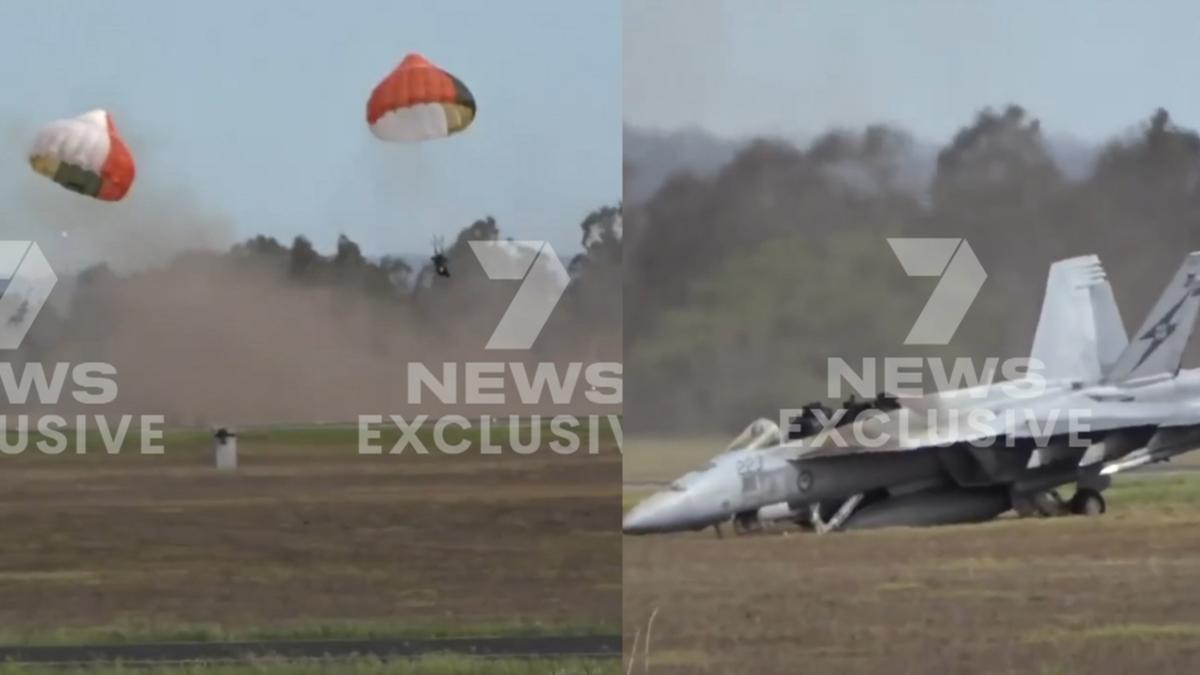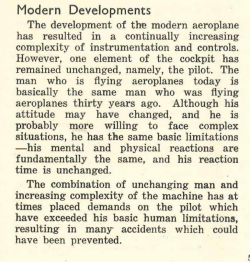Using a parachute (i.e. jumping out the door) and using a bang seat are two very different mind sets.
I suspect the risk was nothing to do with engines, but with the possibility of the aircraft overturning. They are great aircraft but terrible off roaders.
No such thing as an automatic ejection. But, what it probably was, is called a command ejection. If the guy in the front seat decides to go, as part of his sequence, the canopy goes, then the back seat, then his seat. The back seat has to go, as it would be fatal for the occupant to be there as the front seat rocket fires.
Rear seat command ejection exists too, and is used as the norm in USN operations. I don’t think the RAAF uses it.
















